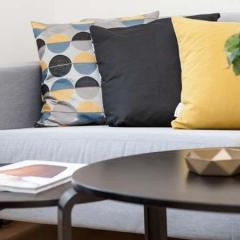-
Recently Browsing
- No registered users viewing this page.
-
Topics
-
Posts
-
your balance wheel looks interesting in the watch and because it's at an angle it's changing things a little bit. in other words they hairspring is not centered between the regulator pin in the boot and I also noticed your terminal curve is lacking apparently by design? Because if you look in the second image you'll notice yes there's a terminal curve but not as aggressive a one as you normally see on watches at least most watches. then in all of your images it looks like the boot isn't quite back where it's supposed to be? out of curiosity how did you remove your balance complete and clear the regulator pin? then just in case you weren't aware it rotates out of the way so you can remove the balance complete without bending the pin. Then it's rotated back exactly 90° and yours looks like it's off by just a little bit in the original image and I'm assuming that you just been the pin out of the way? it's always interesting in horology is the variations in the things. Like the image I have above does have a terminal curve but not the most aggressive and yours is even less but that is the way the watch was made. Then the spacing between the regulator pin in the boot should be relatively small basically if you had two pieces of the thickness of your hairspring that's how much space should be there like in this image. But oftentimes watch manufacturers do not necessarily follow the rules
-
By Neverenoughwatches · Posted
Yep i can see where you're going with that one Rich. Sooo now that I've frightened the OP into submission 😁. Chief i do apologise for some reason unbeknown to myself I'm in a happy silly mood. So seriously to identify the movement lets have a look at the dial side, learning this part is straightforward, just need a little logic and something called the # BESTFIT BOOKS # . Or the other non American equivalents. -
I can definitely see elephant and aardvark and possibly some sort of bird with a large beak 🤣 anyway I'll have a go of getting it flipped over tonight and send some pics
-
A Schild movements often have left handed crown screws. A pic of the keyless works would help identify it, and the size of the movement. Looks like someone has had a, not very subtle, attempt to decrease play in the centre wheel. And the hairspring looks like it needs some work. From the scratches on the bridges, it looks like it was last serviced by a drunken baboon, but it's a good movement to practice on. Good luck
-










Recommended Posts
Join the conversation
You can post now and register later. If you have an account, sign in now to post with your account.
Note: Your post will require moderator approval before it will be visible.